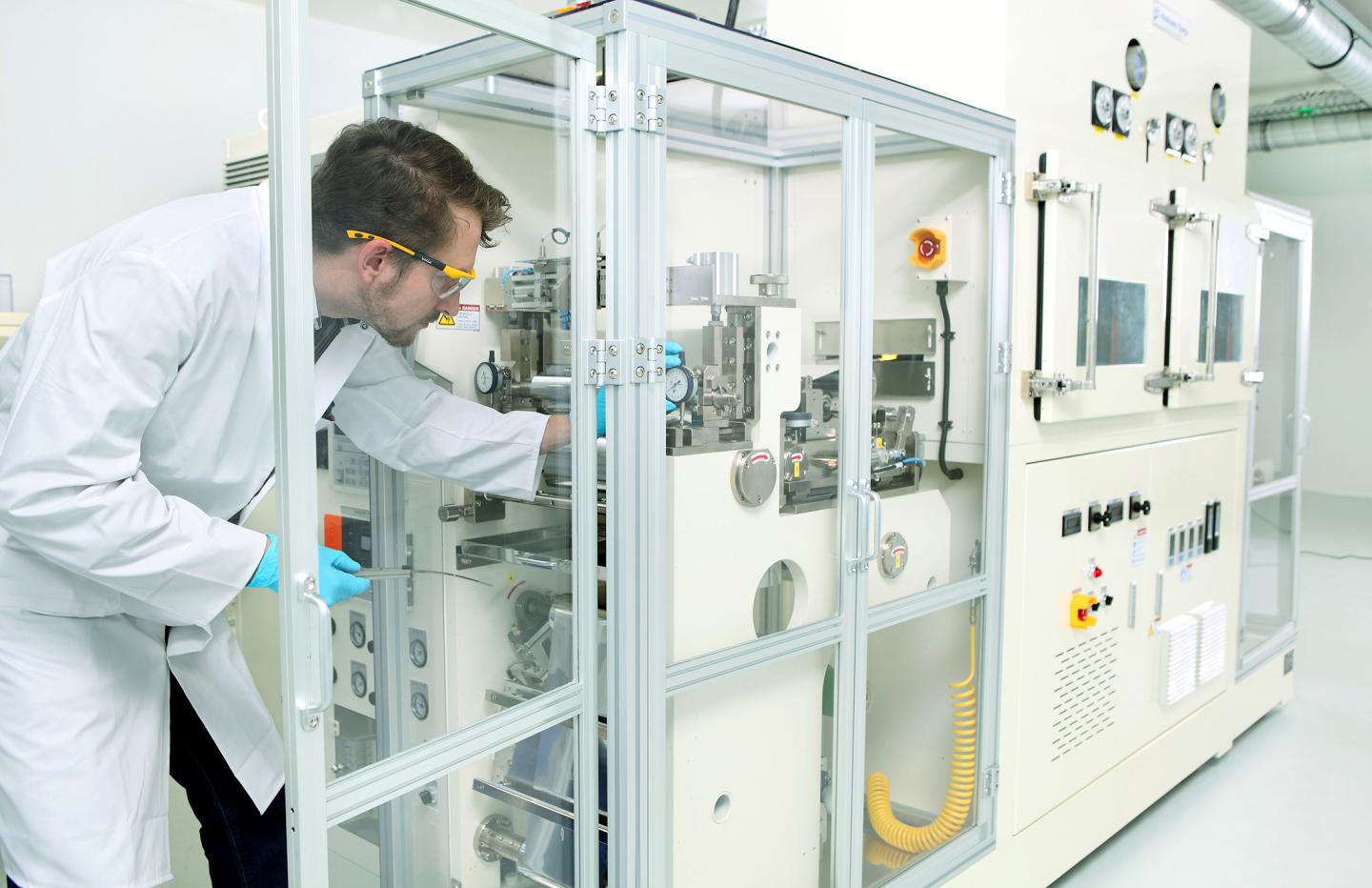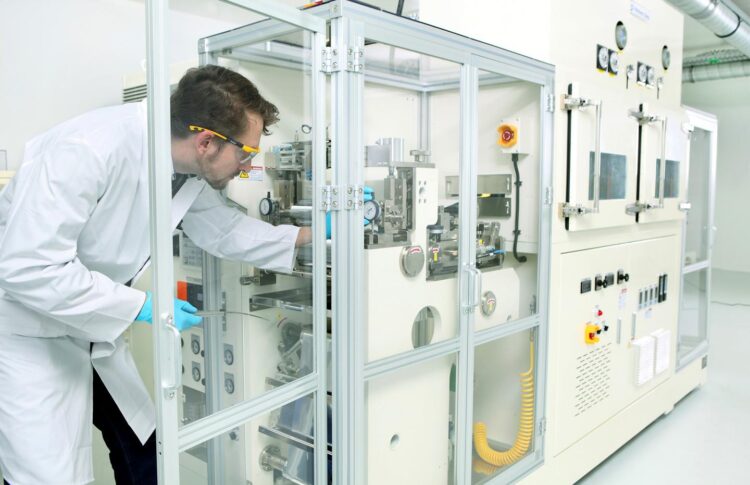Comparative study on lithium-ion battery series manufacturing and alternative technologies

Credit: WWU – MEET
Research on manufacturing battery cells is gaining momentum – and there is a strong need, considering the future demand for energy storage: For the year 2030, global production of rechargeable batteries will double from today’s 750 gigawatt hours (GWh) per year to 1,500 GWh. A recently published review article in the magazine “Nature Energy” on cell production of various battery types suggests that the currently established lithium-ion batteries (LIB) dominate the market of rechargeable high-energy batteries in the coming years. Alternative battery technologies, in particular solid batteries, but also lithium-sulphur or lithium-air batteries are being researched intensively, but production on an industrial large scale is not yet taking place. Based on currently numerous emerging production capacities for LIBs, a switch to so-called post-lithium-ion batteries (PLIBs) with new process technologies, manufacturing environments and skills would require billion-dollar investments.
“Lithium-ion technology is expected to still dominate the market for high-energy rechargeable batteries over the next 10 years. It combines advantageous properties such as energy, power density, safety, durability and low costs in one. In addition, the production facilities currently being set worldwide are already creating facts that are likely to make it more difficult for the possible follow-up technologies to catch up,” explains Dr Richard Schmuch, Deputy Head of Materials at MEET Battery Research Center at the University of Münster (Germany). He and Dr Fabian Duffner, Institute for Business Management in the Department of Chemistry and Pharmacy at the University of Münster and Porsche Consulting GmbH, led the analysis. Together with other battery and production researchers, they figured that production processes of LIBs cannot be transferred 1:1 to the vast majority of follow-up technologies. Dr Richard Schmuch states: “Here, numerous challenges and high investments await cell production.”
Intensive Research and Development Activities Required
Only the production of sodium-ion batteries is comparable to lithium-ion batteries in many process steps. However, since this type of battery provides lower energy compared to LIB, it does not currently represent a perspective for the mass market that LIB has. The production processes of other post-lithium-ion batteries, such as solid-state, lithium-sulfur and lithium-air batteries, differ significantly from the production of lithium-ion batteries: Steps such as electrode manufacture, cell construction or cyclization require different techniques, manufacturing environments or machines.
Dr Fabian Duffner explains: “We currently know neither all the high-volume machines required nor the associated process parameters for cell production of post-lithium-ion batteries. Their industrialisation requires intensive research and development activities that focus on building up new manufacturing competences and developing new machines.” In addition, post-LIBs would have to compete comprehensively in terms of all key performance parameters such as energy, performance, safety, durability and cost to become an alternative to the mass market.
###
Original publication:
Fabian Duffner, Niklas Kronemeyer, Jens Tübke, Jens Leker, Martin Winter & Richard Schmuch (2021): Post-lithium-ion battery cell production and its compatibility with lithium-ion cell production infrastructure. Nature Energy (2021/01/28), 2058-7546, DOI: 10.1038/s41560-020-00748-8
Media Contact
Dr Richard Schmuch
[email protected]
Original Source
https:/
Related Journal Article
http://dx.





